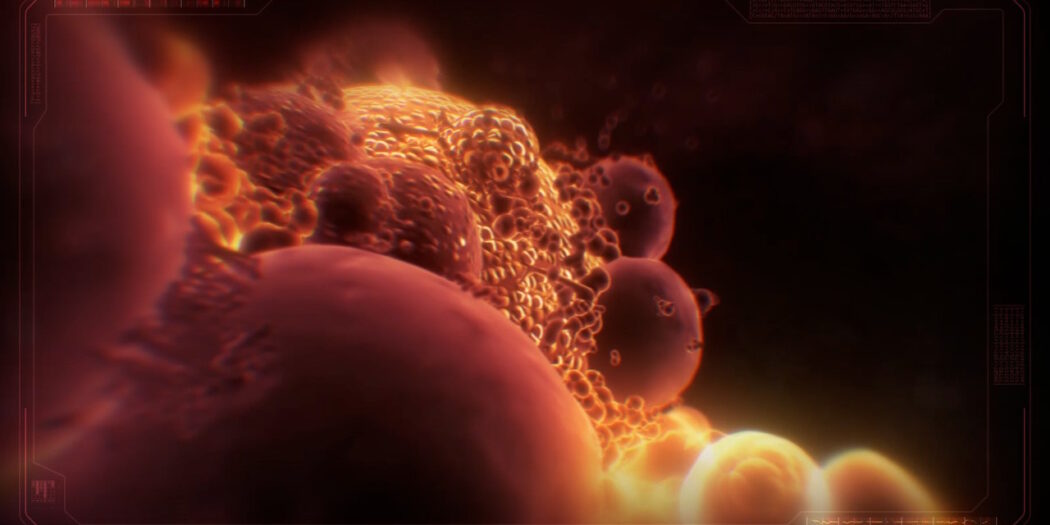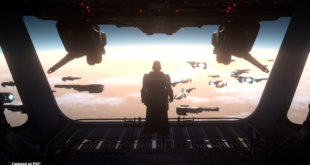Metroid Prime is a faithful adaptation of the 2D series, and I’m only just joining the rest of the world in realizing it.
When I first played Metroid Prime 2 in 2004, I had no frame of reference for what a Metroid game should be, which is probably why I didn’t make much headway in the single-player. It could have also been the creepy factor; as we’ve already established, I don’t spook well.
It didn’t much matter, since we’d purchased it for the multiplayer. A family of four and an extended family of a dozen game players meant we always were looking for something else to cycle into the rotation of Smash, Mario Kart, Mario sports titles, and Ribbit King. Metroid Prime 2 did nicely. We sunk hours into Sidehopper Station, Spider Complex, and Crossfire Chaos, relishing in screen-watching and discovering new avenues toward victory.
The next Metroid I’d play would be Metroid Prime Pinball, which is to say I still had no real grasp on the labyrinthine language on top of which Metroid was built.
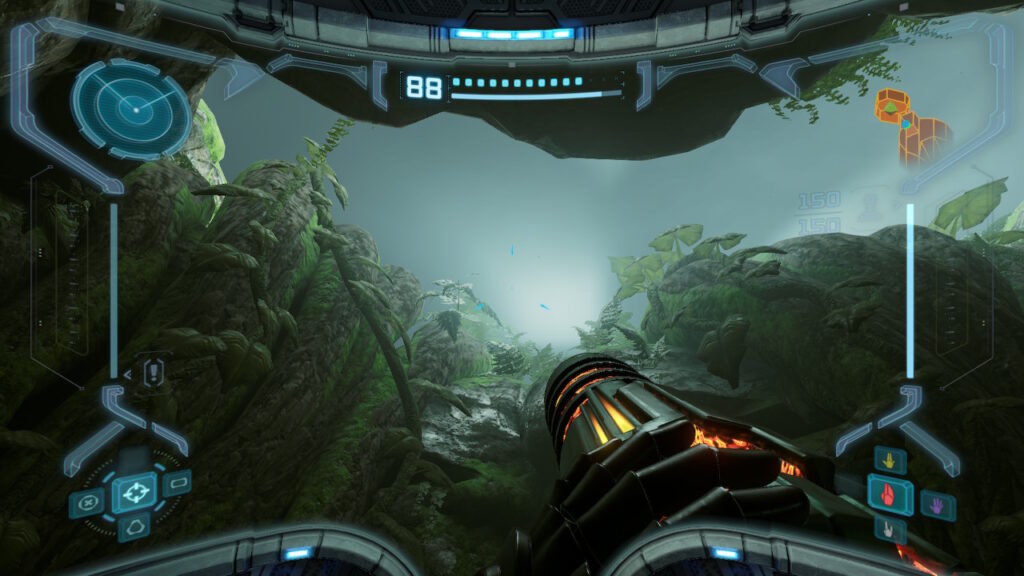
Fast forward to 2013. Super Metroid was available for 10 cents on the Wii U. Hard not to bite, so I did, got lost, and stopped. By that time, I had only added hundreds of hours of Metroid multiplayer to my experience (thanks to Metroid Prime Hunters). But my cousin finished it and all but begged me to give it another go.
So I did, and I managed to play Super Metroid to completion. Then I blasted through Fusion, bought Metroid: Zero Mission, and eventually fell in love with Metroid Dread. I started to understand their design intrinsically. I knew how to check their nooks and crannies for missile upgrades and obtuse paths toward progress. I understood just what kind of backtracking they required, and also how to let the game guide me down that sometimes-translucent road.
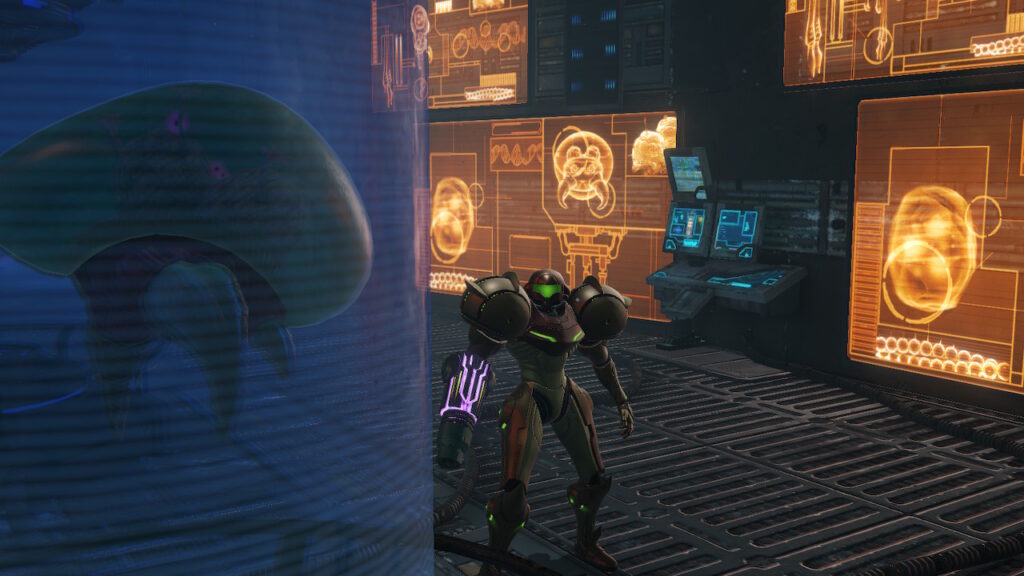
Which is all to say that when Metroid Prime Remastered was announced and dropped for the Nintendo Switch during the last Nintendo Direct, I was ready.
I just wasn’t ready for how much Metroid Prime was just 2D Metroid.
The only difference is that third dimension. Otherwise, it’s the same backtracking, the same requirement for a honed (and oft creative) eye, effectively the same combat, and so much more. Metroid Prime even has the cracked tube, for goodness sake! While Super Metroid’s version had me completely stuck, Metroid Prime’s stood out instantly. I already knew what it meant: power bomb.
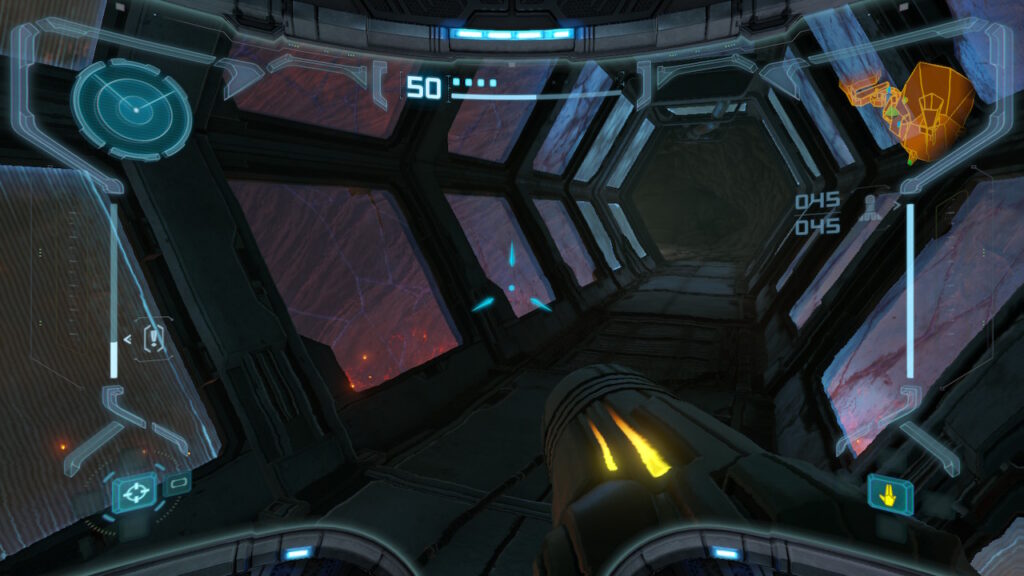
The language Metroid had been teaching me for the last decade was instrumental in making Metroid Prime less of a maze, but that’s not to say that the subtle finger-pointing can’t be obtuse. I found it easy to get off track and end up at a complete loss as to where to go next, leaving me wandering the distinct areas (jungle, ruins, volcano, ice, and mine) in search for any door or hole I couldn’t access before.
Hints appear on occasion, which helps immensely, but I found that usually, the little things were enough. New enemies in old areas were often a sign I was headed in the right direction, but sometimes it was as simple as where the latest shortcut dumped me next.
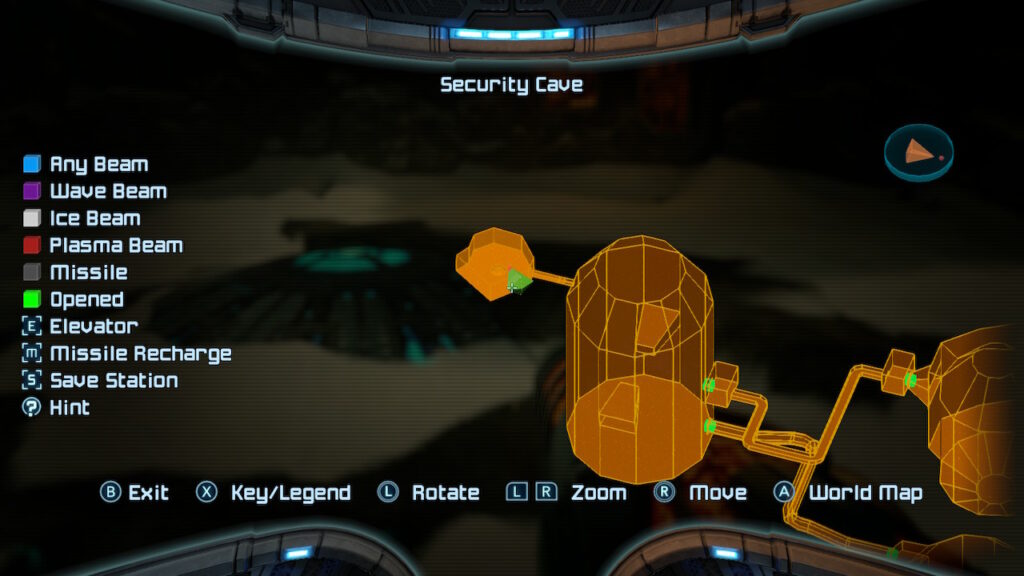
The maze is really the only difficult part about Metroid Prime. The gameplay is easier than ever thanks to modern dual-stick controls. You don’t even have to point—just lock on and shoot. Even strafing is hardly necessary if you get lost a couple times and stumble into Energy Tanks (permanent health upgrades), but if you do want to dodge some turret shots, a quick B-step to the side does the trick.
Later enemies can be a little more frustrating (specifically the splitting Metroids), but as your arsenal improves, combat typically only gets easier. Which is just as well: the save system is such that having to redo a stretch of exploration would be a real pain.
The worst part of Metroid Prime is being in the right place but not knowing what you’re looking for. Call me dumb, but some of those half-pipes buried underground just aren’t obvious to me, even with the beautifully upgraded graphics. Running back and forth across the world can get to be a real drag in these cases, as I blindly shot walls and bombed bricks in the hopes of finding anything. Sometimes I’d feel stupid for missing something (look up, dumbass!). And other times I would painstakingly search every room with every visor and still come up blank.
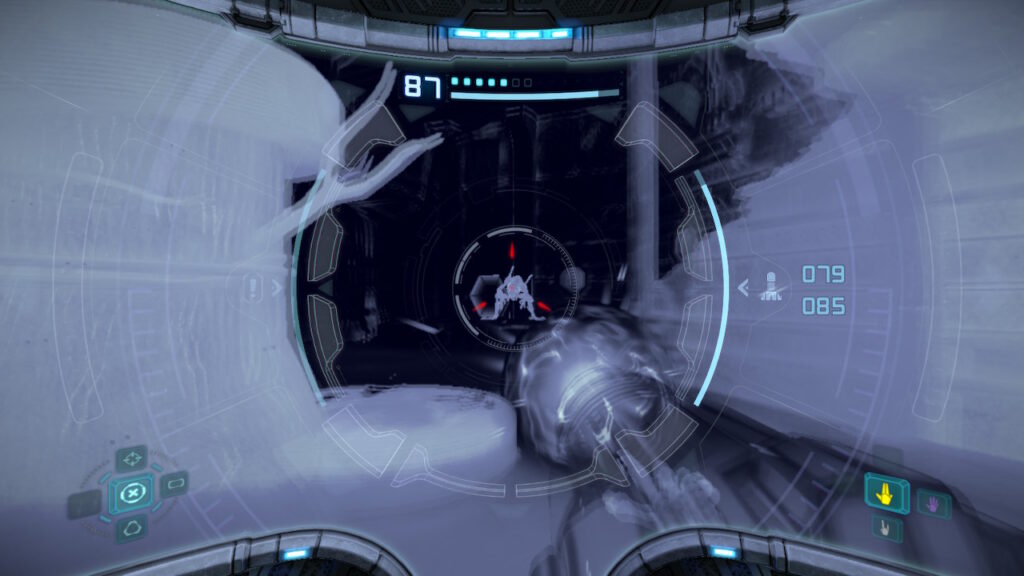
There’s no fast travel of any kind, which is typically a good thing in Metroid. It lets the world breathe. It lets you truly live in and explore Tallon IV. But after three trips to the same distant room, four biomes deep, through dark rooms, platforming challenges, and plentiful fights, I sure would have appreciated the option.
I loved Metroid Prime, just as I loved Super Metroid, Metroid Dread, and the rest of the phenomenal series. The problems I have with the 2D titles apply just as much to this 3D playground, but so too do all of the things that keep me coming back. The atmosphere is engrossing. Searching out the goodies is a blast. And the power loop is rewarding; nothing feels as triumphant as double-jumping around Tallon IV with the Plasma Beam and a flame-thrower.

If you haven’t tried Metroid Prime because you’re worried it’s too difficult after hearing about the demanding Metroid Dread, don’t worry.
If you’re worried a 3D Metroid won’t be the same as a 2D Metroid in every way, stop.
Metroid Prime is approachable, beautiful, and fun. Just be ready to get lost.
 BrutalGamer Bringing you Brutally Honest feedback from today's entertainment industry.
BrutalGamer Bringing you Brutally Honest feedback from today's entertainment industry.

